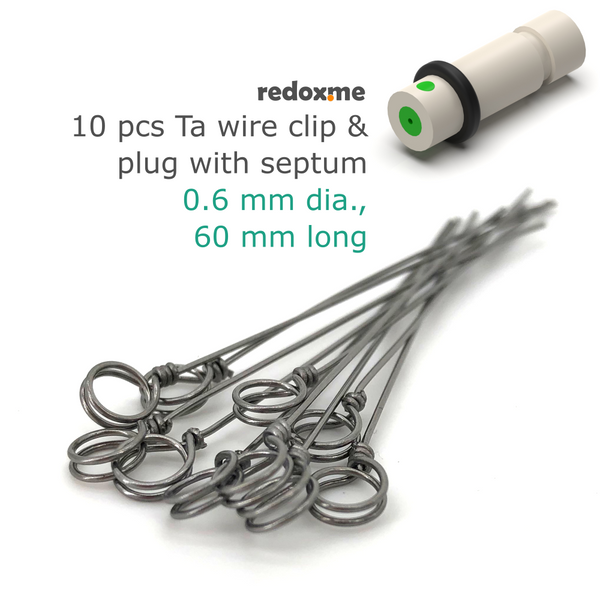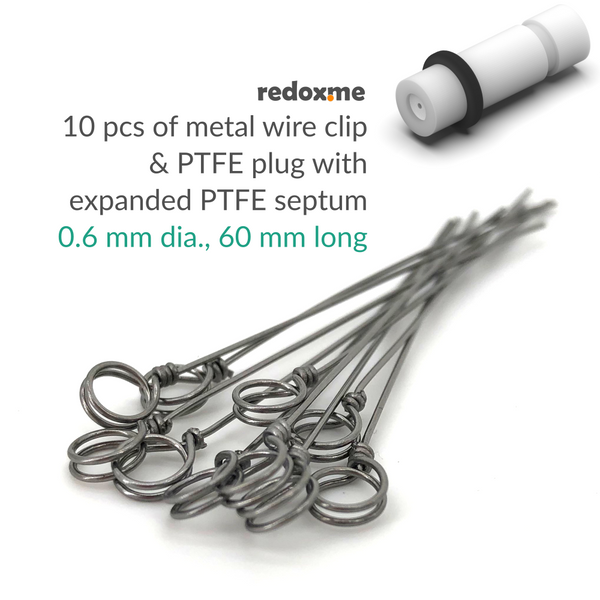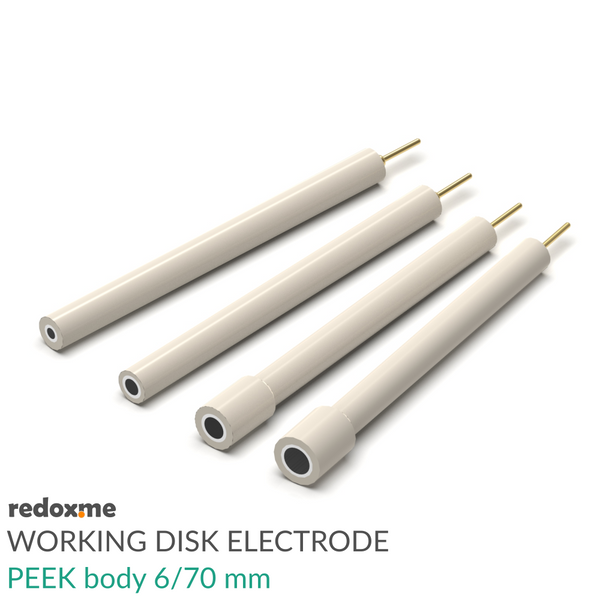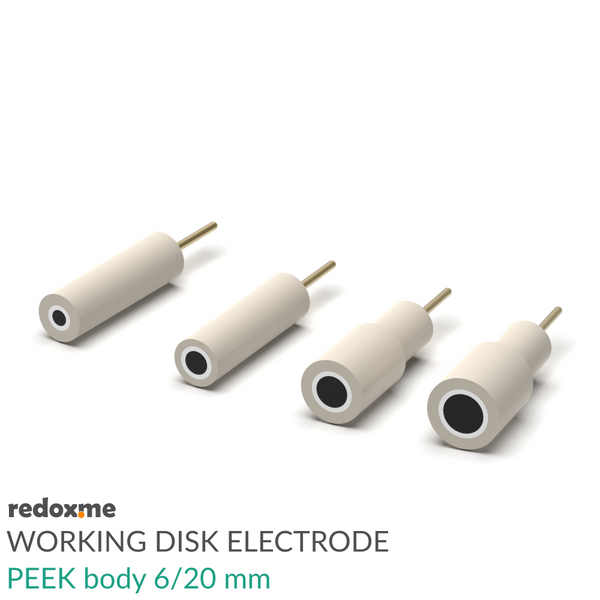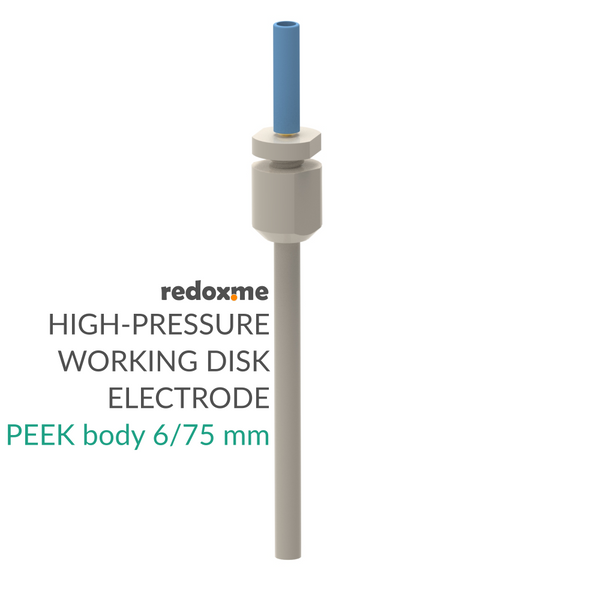Metal Foam Electrode/Current Collector - set of 10
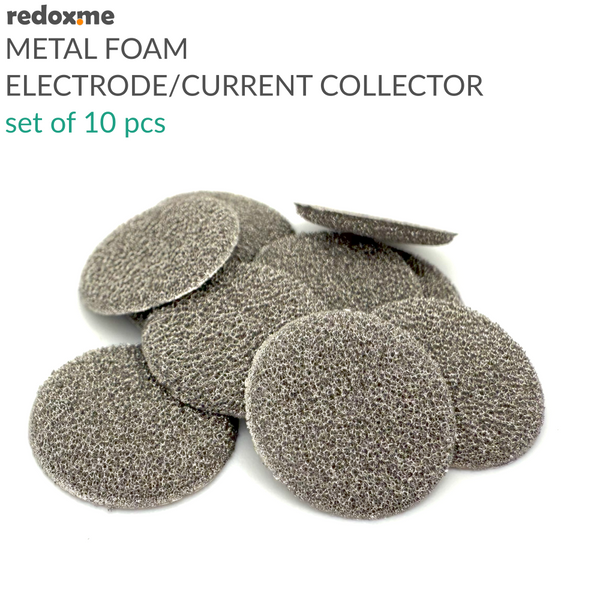
Metal foam current collectors are specially engineered for enhanced charge storage and efficient current distribution. With an open-pore structure, the foam facilitates superior conductivity and ensures high active material utilization. Its flexibility and porous nature allow it to be widely adopted in various electrochemical systems. The inherent properties of metal foam benefit energy storage devices and other electrochemical applications.
Features and benefits include (a) high conductivity - ensures efficient electron transfer, optimizing device performance; (b) flexibility - can be adapted and shaped to fit diverse electrochemical systems; (c) porous structure - enables high electrolyte penetration, ensuring maximal interface interaction; (d) lightweight - improves the energy density of the final device; (e) high mechanical strength - durable and resistant to structural degradation, extending the lifespan of devices; and (f) corrosion resistance - increases the stability and lifespan of the collector, especially in aggressive electrolytes.
Application note
Due to their superior conductive properties and flexible design, metal foam current collectors are widely adopted in electrochemical cells, batteries, and supercapacitors. Typical applications encompass (a) anodes or cathodes in secondary batteries, (b) electrodes in electrochemical capacitors, (c) hydrogen evolution reaction (HER) processes, (d) supports for catalysts in electrochemical reactions, (e) energy storage devices requiring high surface area electrodes.
Nickel foam electrodes and current collectors are highly durable and offer excellent resistance to corrosion, particularly in alkaline environments. Nickel is also known for its good electrical conductivity, which makes it suitable for many electrochemical applications where efficient electron flow is critical. Nickel is typically used in alkaline electrolysis, electrochemical sensors, and rechargeable batteries.
Copper foam electrodes and current collectors offer excellent electrical conductivity, thereby enhancing the efficiency of electrochemical reactions. However, copper is more prone to corrosion in oxidative or acidic environments, so it is typically used in applications where these conditions are minimal or controlled. Copper is typically used in the electroplating of copper, battery testing, especially those with low electrochemical reactivity, and electrochemical synthesis.
Titanium foam electrodes and current collectors are known for their exceptional corrosion resistance, particularly in harsh environments such as seawater and highly acidic or oxidative solutions. Typical applications of Titanium include seawater electrolysis, fuel cells, and electrochemical sensors in marine or industrial applications.
Specification
surface treatment: untreated
purity: laboratory-grade
material: Ni, Cu, or Ti
porosity: 99.8 %
number of pores per inch (PPI): 110
pore diameter: 0.2 - 0.6 mm
thickness: 1.5 mm
cutting method: die cutting
Intrastat data
HS Code: 750210 (nickel), 741920 (copper), 810890 (titanium)
Country of Origin: Sweden
NET weight: 100 g
Product includes
10 x Metal Foam Electrode/Current Collector of selected size and material
Related products
Electrochemical Cells
Photo-electrochemical Cells
Spectro-electrochemical Cells
Holders & Adapters
Etch Cells

